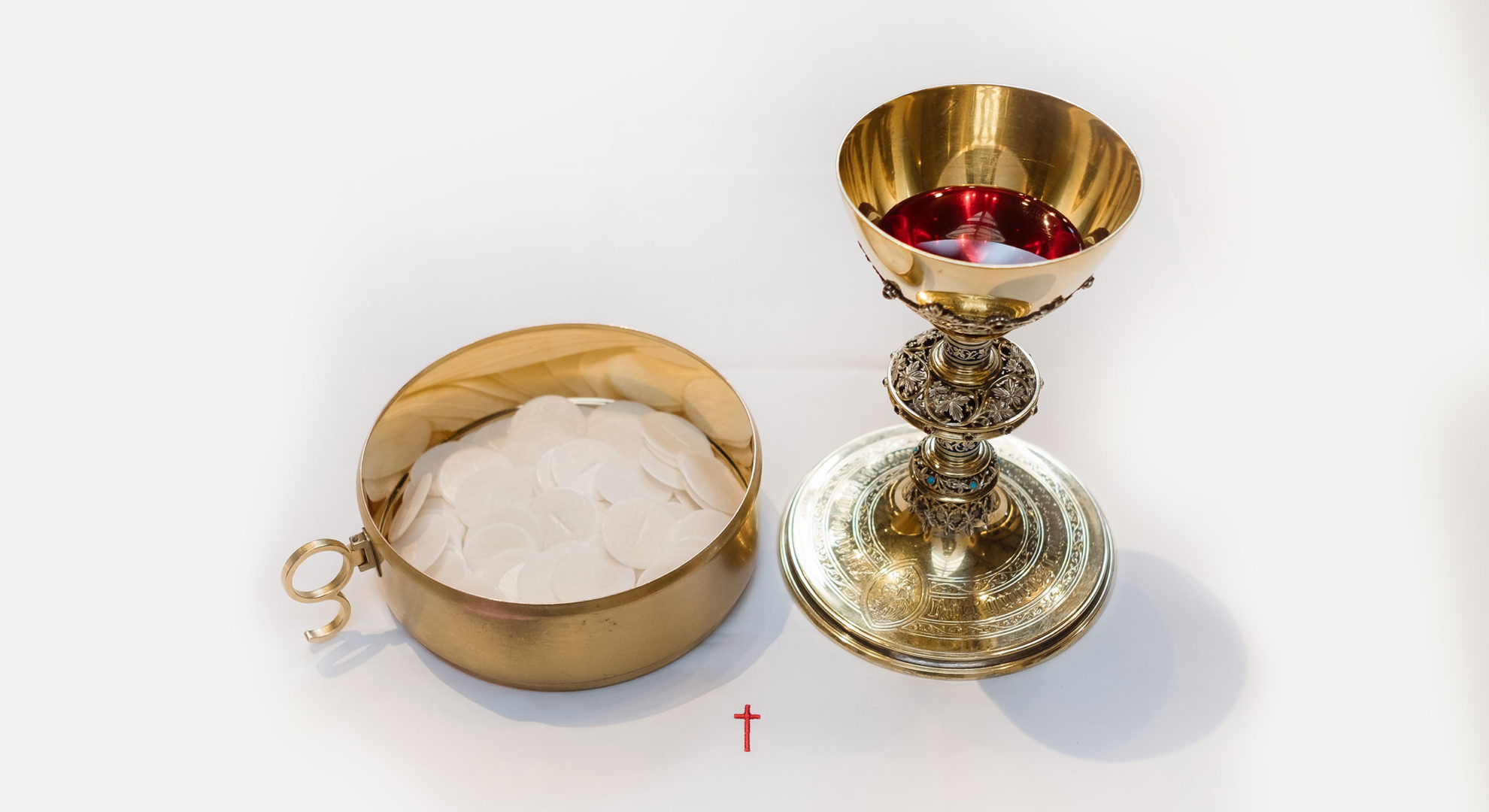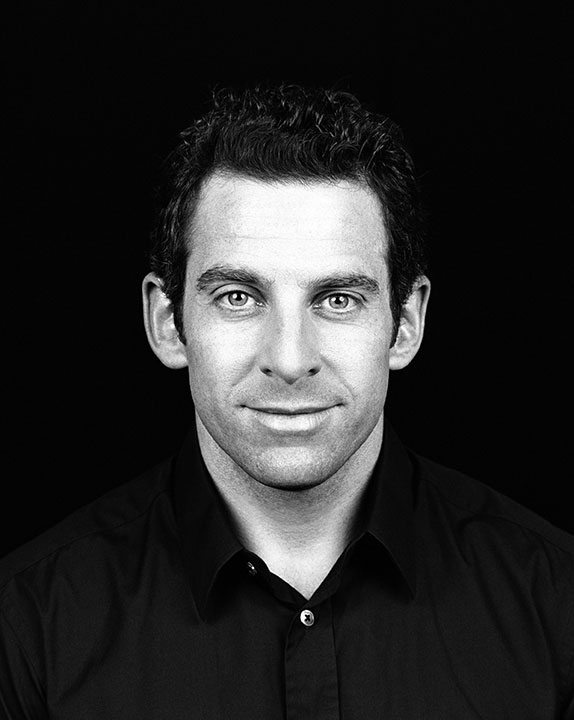Prologue
…
Words change reality
When a figure of authority speaks, their words can affect reality.
- Police arresting a suspect
- A court judge declaring jail sentence
- A sports referee declaring a penalty
- A teacher giving homework
We see that pattern everywhere in our daily life.
God himself can also change things when He speaks.
- Let there be light, and there was light
- Lazarus, come out, and he came out
(Jn 11:43) - …
Transubstantiation

Transubstantiation is the change of a substance from bread & wine into the body & blood of Christ. Catholics believe that the Eucharist is truly the body of Christ, not a symbol. The real Christ.
Let’s face it: if it’s not the real body of Christ, Catholics have lost their minds, and worst, is committing idolatry against God.
The Catholic Church teaches that the Eucharist is substantially the flesh of Jesus1. On infrequent occasions, the consecrated host starts to bleed & turn into real human flesh. And sometimes, the wine becomes human blood. They all share these medical characteristics:
- blood type AB (same as the Shroud of Turin)
- human heart
- blood is still preserve until today
Some sample of the approved ones by the Catholic Church:
- Lanciano, Italia (8th century)
- Santarem, Portugal (13th century)
- Buenos Aires, Brazil (1992-1996)
- Chirattakonam, India (2001)
- Legnica, Poland (2013)
- Tixla, Mexico (2006)
- Sokolka, Poland (2008)
Substance / accident
Aristotle (384 – 322 BC), a Greek philosopher, came with the notion of “substance” and “accident” to describe things around us. Thomas Aquinas (1225 – 1274) re-use his theory to explain the Eucharist.
The substance is what a thing is. Accident, it’s the properties it possessed.
| Substance | Accident |
|
|
For example, we can take three different chairs. Substantially, they are all chairs. But accidental, they all have different properties: big, small, white, red, wood, plastic, heavy, light, tall, etc.
Or a human being, for example. If I cut the hair of an adult, they will not cease to be a human. If that person gets older, they are still human. If I cut their arms (ouch!), they are still human. The substance is independent of the accident.
What Catholics believe is that during Mass, once the words of “consecration” has been spoken, the substance of bread & wine becomes the literal body & blood of Christ, while the accidents remain. The priest, who has the authority of Christ, will re-enact the same scene of the Last Supper, and make it happen. At that moment, Heaven & earth sees each other. Angels & Saints are celebrating in communion with the earthly Church.
Science

Creative Commons Attribution-Share Alike 3.0 Unported – Photo taken from Wikipedia (unknown author)
“If you wake up tomorrow morning thinking that saying a few Latin words over your pancakes is going to turn into the body of Elvis Presley, you have lost your mind…but if you think more or less the same thing about the cracker and the body of Jesus, you’re just a Catholic.”2
Sam Harris
Science cannot solve everything: it can’t make the difference between a regular bread or a consecrated host. Why? Because the substance is an immaterial component. It isn’t composed of atoms or matters. You can get the world’s best microscope, but you will never find proteins in a consecrated host if it’s truly the body and blood of Jesus. Only our faith can trust it. Now, what do I mean by that?
Let’s say you’re a student, going into a job interview, and I’m the manager who would recruit you. Once it’s done, I declare, by my authority, that you’re no longer a student, but you become an employee. Your status has changed, but your physical body stayed the same. If I take one of your hair, and analyze it on the microscope, I can find your DNA, but never will I be able to see if you’re a student or an employee.
It’s like trying to find wood with a metal detector.
Not everything can be scientifically proven or detected. At worst, science itself can’t be proven scientifically; it’s a philosophical assumption. We have to assume that it is logically coherent and trustworthy.
God itself cannot be scientifically proven since He is pure spirit, but only noticeable through his creations & reason. And so the reality of transubstantiation, we need another tool to believe it, and that’s why the spiritual realm is the most intriguing way to detect it.
Science alone cannot detect a real one from a fake one. It requires supernatural phenomena to do it.
Mystical presence
Since it is impossible to scientifically prove that the consecrated host is Jesus Christ, his presence, however, can be experienced spiritually.
Unless one has a special gift from God, ordinary people cannot detect the presence of Christ in the Eucharist.
According to …, a Satanict can make the difference if we put 999 unconsacrated host on a table, and 1 real.
Miracles
St Anthony of Padua (1195 – 1231), a Catholic priest from Portugal, once challenge a skeptic about the real presence of Christ in the Eucharist. He says that he will believe only if he brings his mule, and it would bow down instead of eating foods that I would show him. What happens next left him astonished. After starving the mule for 3 days, instead of going to the food, the animal went before the Eucharist and knelt down to adore Christ.3
Satanists strongly believe in the real presence of Jesus in the Eucharist (sadly, more than the average Catholic), to the point that they steal them subtly during Mass, and bring it back to their secret place to perform their ritual of de-consecration (often known as “Black Mass”). 4
The Eucharist is also very effective during the rite of exorcism. A genuine possessed person have bad reactions when they are exposed to the Eucharist or a sacred object.
Recommended books
- Thomas Aquinas – Summa Theologica
- Canons and Decrees of the Council of Trent, session 13, chapter 1
- “Is the foundation of morality natural or supernatural?” – The Craig-Harris Debate – University of Notre-Dame – April 2011
- http://www.santantonio.org/en/content/miracle-mule
- Fr. Gabriele Amorth (2016), “An exorcist explains the demonic: the antics of Satan and his army of fallen angels”, Sophia Institute Press, page 37